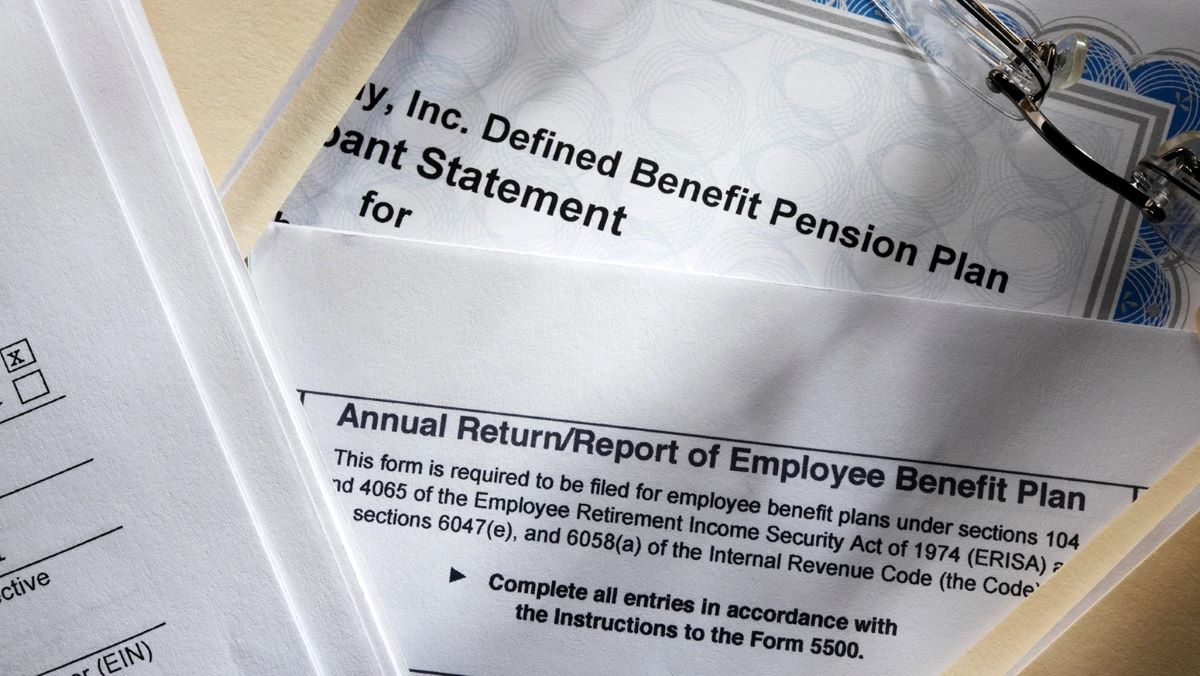

Finance
Forward Spread Definition
Published: November 28, 2023
Discover the meaning of forward spread in finance and learn how it impacts investment decisions. Stay informed with our comprehensive definition and analysis.
(Many of the links in this article redirect to a specific reviewed product. Your purchase of these products through affiliate links helps to generate commission for LiveWell, at no extra cost. Learn more)
What is a Forward Spread and Why Should You Care?
Welcome to our “FINANCE” category, where we dive deep into various financial topics. Today, we’re going to discuss an important concept called forward spread. So, what exactly is a forward spread, and why should you care about it? In this blog post, we’ll not only define forward spread but also explore its significance for investors and financial markets. Let’s get started!
Key Takeaways:
- A forward spread represents the difference between the yield of a specific financial instrument and a risk-free benchmark.
- It indicates the market’s perception of credit risk and can be used to assess the profitability and stability of investments.
Before we delve into the mechanics of forward spread, let’s understand the basic concept. In the realm of finance, a forward spread refers to the difference in yield between a financial instrument (such as a bond) and a risk-free benchmark (usually a Treasury security).
Why should you care about forward spreads? Well, understanding this concept is crucial for investors and market participants as it provides valuable insights into credit risk and the perceived profitability and stability of various investments. By analyzing forward spreads, investors can make informed decisions about asset allocation, risk management, and potential market trends.
Now, let’s dig deeper into the mechanics of forward spread. Here are a few key points to consider:
- Market Sentiment: Forward spreads serve as a gauge of market sentiment towards credit risk. When the spread widens, it suggests that investors are demanding higher compensation for taking on additional risk. Conversely, a narrowing spread indicates a decrease in perceived risk.
- Economic Outlook: Monitoring forward spreads can provide insights into the overall health of the economy. Widening spreads may indicate a deteriorating economic outlook and increased credit risk, while narrowing spreads can signal optimism and growth.
- Investment Analysis: Investors can analyze forward spreads of different securities to assess the creditworthiness and potential profitability of their investments. By comparing the spreads of various bonds or other financial instruments, investors can identify opportunities or potential risks.
- Risk Assessment: Financial institutions and credit rating agencies use forward spreads to evaluate the creditworthiness of borrowers. A higher forward spread for a company’s debt may indicate a higher default risk or perceived financial instability.
- Market Volatility: Forward spreads can be influenced by market volatility. During times of heightened uncertainty, spreads tend to widen as investors demand a higher risk premium.
In conclusion, forward spreads play a vital role in the world of finance. By understanding and analyzing these spreads, investors can gain valuable insights into credit risk, economic outlooks, and potential investment opportunities. Whether you’re a seasoned investor or just starting, keeping an eye on forward spreads can assist you in making informed decisions to navigate the ever-changing financial landscape.














